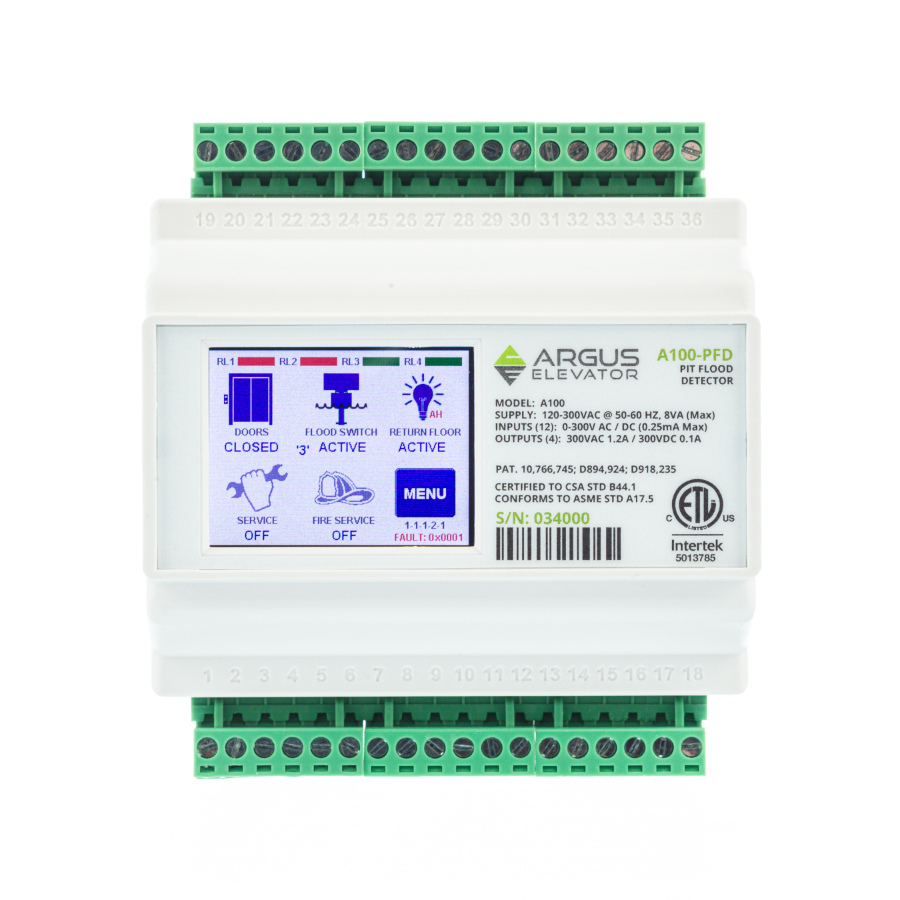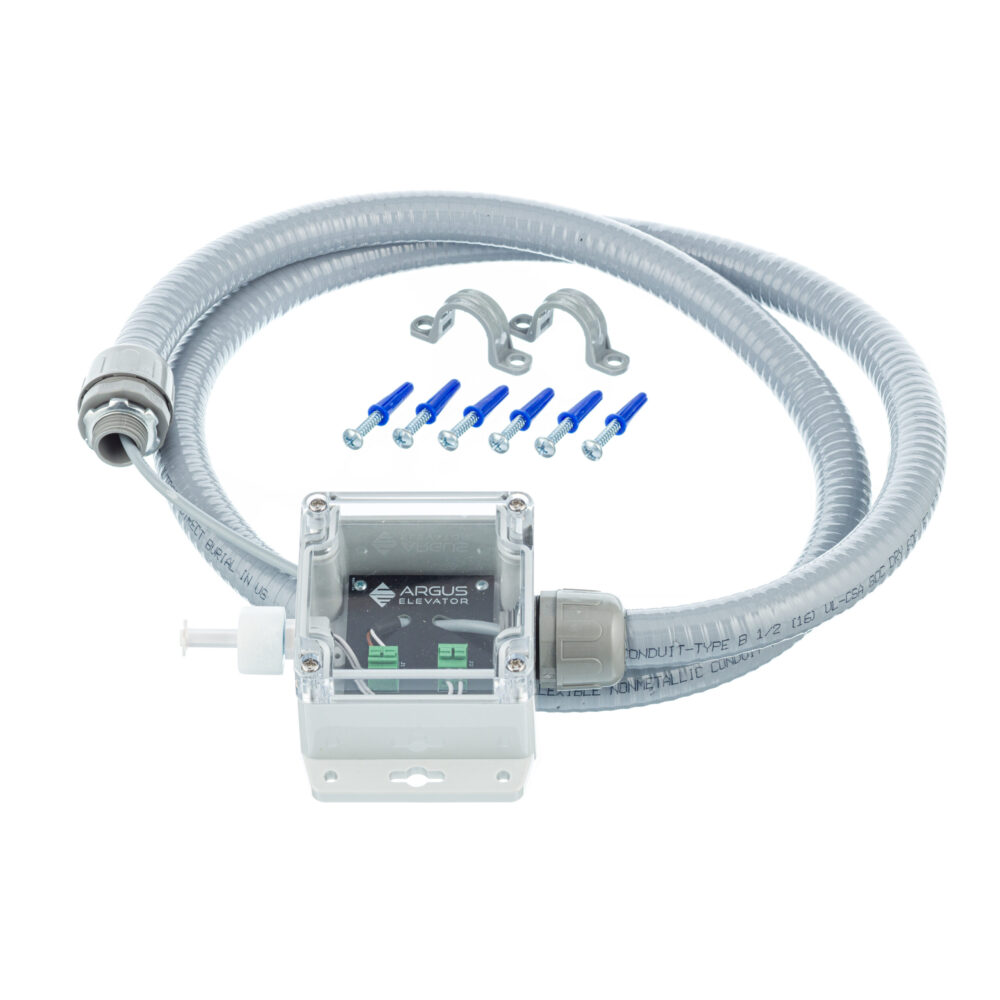Part 6: Which Elevators Require Flood Protection?
Part 6: Which Elevators Require Flood Protection?
🌐 Part 6: Which Elevators Require Flood Protection?
Series Part 6 of 8: Houston 3003.4 vs. ASME A17.1 – Pit Flood Detection
Not every elevator needs flood protection—so how do Houston 3003.4 and ASME A17.1 decide which ones are covered?
🗺️ Houston 3003.4:
“Each elevator hoistway and/or each connected bank of elevator hoistways within a structure located within the 100-year and 500-year floodplain, and elevators located outside the floodplain where elevator cabs travel to floor levels below grade level”
📘 ASME A17.1 (via Section 8.12 and ASCE/SEI 24):
“For elevators required to comply with Section 8.12, where there is the potential for any part of the elevator to descend or operate below the flood elevation during a flood event, the elevator shall be equipped with a flood detection means”
Section 8.12 of ASME A17.1 specifies that “where required by the building code, elevators shall comply with ASCE/SEI 24,”
Originally, ASCE/SEI 24 only covered the 100-year floodplain, but in 2024, ASCE 24 was updated to expand its scope to the 500-year floodplain.
🔍 Summary:
Originally, A17.1 (via ASCE 24) only covered the 100-year floodplain. But in 2024, ASCE 24 expanded to include the 500-year floodplain—making the two effectively equivalent.
🎛️ Next up: What about other elevator modes—like firefighter or hospital service? Let’s dig into added complexity. 🔄



